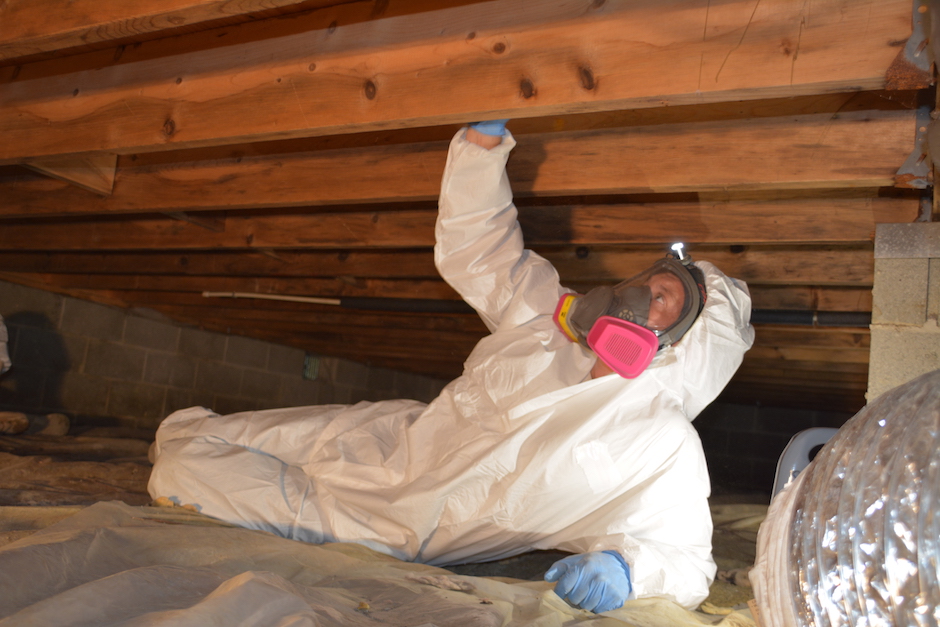
You’ve found your dream house and you don’t want anything to stand in the way of a smooth closing. So, when you get the inspection report, it may be tempting to downplay some of the problems that were found. That may be safe for smaller items, but if the report calls out a mildew problem in the crawl space, take it seriously!
Maybe the owner has offered to take care of the problem and not pass any of the cost on to you. Great, right? Maybe, but and maybe not. Even the most conscientious sellers can be quick to call a repair “good enough” to avoid cutting into their profits. And “good enough” is not the way you want to have a moldy crawl space addressed.
Even if you end up sharing the cost, be sure the crawl space repair work on your new house is done correctly the first time, or your dream home may become a nightmare instead.
5 Ways Crawl Space Encapsulation Can Go Wrong
There are generally accepted best practices for crawl space encapsulation, and if they’re not followed, the results can be messy, costly and heartbreaking down the road.
- Root Problems Not Addressed
Mold and mildew in a crawl space is an indication that moisture is getting into the space. If the cause of the moisture isn't addressed first, it's not going to go away; it will only be covered up. That means the moisture, mold and mildew will continue to increase unseen until it announces itself in the form of warped first story floorboards, ineffective insulation, pests, and worst of all, illness caused by the poor indoor air quality in your home.
- Vents Not Sealed
Crawl spaces used to be vented. But today, it's known that vents in crawl spaces allow humid air to enter. When the humid air meets ducts carrying cool air, it creates condensation and more humidity, all of which encourage mold growth. Vents (and all air leaks) should be sealed before the vapor barrier is installed to ensure outside air does not enter the crawl space.
- Fiberglass Insulation in Floor Joists
With today's crawl space repairs, fiberglass insulation is usually removed in favor of spray foam insulation. This is because fiberglass insulation absorbs and holds water. If the moisture is then held against the floor above, it will cause warping and buckling. Spray foam seals the area completely, keeping out unwanted air, moisture and pests.
- Leaking HVAC System
A crawl space often houses HVAC ducts, which in many cases, are not properly sealed at the joints. Leaking ducts not only increase the moisture problem in your crawl space but they waste energy, leaking your conditioned air into the crawl space rather than delivering it to your living space. As a result, your system works harder and uses more energy than necessary, creating higher bills for you and less comfort in your home.
- Dehumidifier Not Installed
Encapsulation is not complete without a dehumidifier. It's necessary to ensure that any moisture that still lingers in the space is kept at an acceptable level all year long.
Get Peace of Mind with the Encapsulation Experts
You don’t have to supervise the work to ensure your crawl space is repaired and encapsulated right the first time. Total Home Performance will inspect the crawl space, remove old insulation and address any moisture concerns before we begin the encapsulation. Our licensed and certified experts follow today’s best practices to ensure your crawl space encapsulation is a home improvement that will last for years to come.